Trekking is a big thing in north Thailand. In most towns 1, 2 or 3 day tours are offered. We normally trek alone but this time we hired a guide and signed up for a two-day trek. It turned out to be the right decision because the trails barely recognizable and sometimes not there at all. We managed to get a good deal (cheap) because Mae Hong Son is not so touristy like other parts of Thailand.
It turned out to be one of the best trekking experiences we have made so far, taking us to very remote places.
We started at 9:00am and drove for thirty minutes passed the airport and then to the east of Mae Hong Son. Here our guide parked his pick-up truck in a little village and led us through backyards to a tiny path. While still in the village, he fetched about 20 mangos from the trees, our snacks for the next two days.
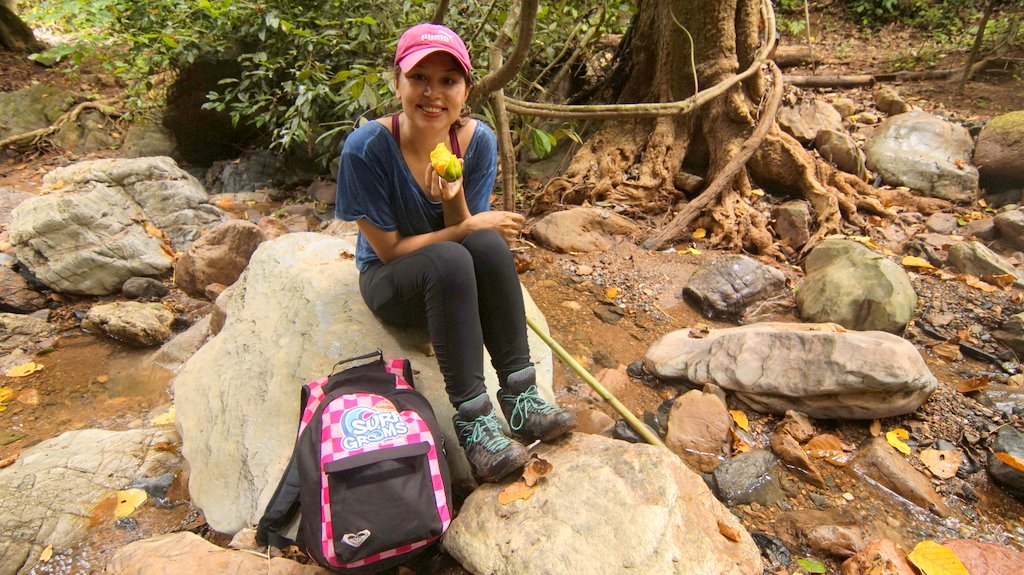
The path led us through a little stream into the jungle. After we left the village we only encountered a group of hunters while still close to the village. They rushed pass us and disappeared into the jungle. Later that day we climbed a mountain from where we heard the hunters shooting. Maybe wild pigs or maybe each other?!
On the way Britt also encountered the same kind of centipede that landed her in the hospital on the Andaman Islands. This time I also saw it. That thing looked huge and scary indeed. We did not encounter any wild animals on the trek. There were vivid and large butterflies, tons of little bees and some flies. The rivers were filled with fish and there were some lizards here and there. And of course cicadas. Some giant cicadas were so loud that we couldn’t converse without raising our voices.
After seven hours walking through the jungle we reached our goal for the day. It was a little plateau surrounded by jungle with an amazing view. There were four huts. One was used for livestock, one contained a toilet, one for sleeping and one for cooking.
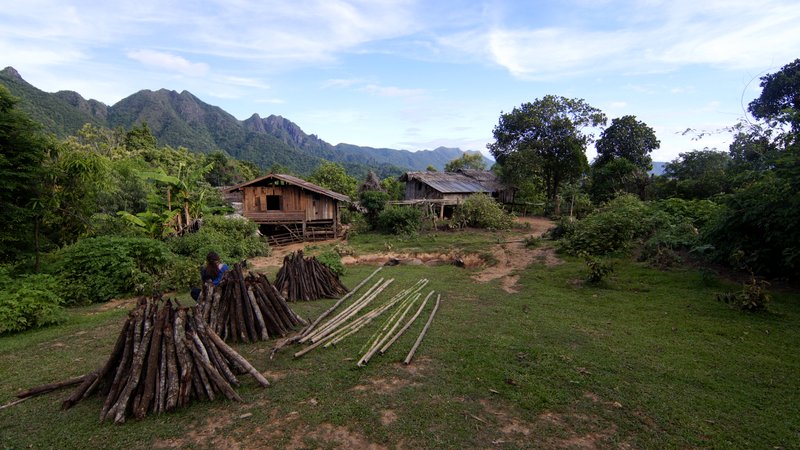
The little village had just five inhabitants, spread on two farms (?!). There were water buffaloes, pigs, chicken, dogs, cats, giant spiders (not domesticated) and all were just everywhere.

Just a few minutes after we arrived we heard a little pig screaming. Really screaming as if it was in the process of being eaten alive or butchered in the most brutal way. This noise came from the main hut where our hosts had their kitchen/living/ sleeping room. Where they killing a pig for us? We rushed to the hut to investigate. Our hosts did not speak english so our guide translated:
The animals on the “farm” spend most time in the jungle. They come to the village to eat. There is also food in the jungle but the villagers put some salt in their food to attract the animals for a treat. No fences. If any animal is attacked by another wild animal (sometimes but rarely even tigers!) villagers notice when an animal does not show up for food. That day when we arrived the screaming pig was bitten by a dog of a hunter who mistook the domesticated pig for a wild pig. The villagers just cleaned the wound with maggots and the pig was released into freedom shortly after.
We spent some time walking and playing with the animals. Later that day we had dinner, not the pig, that our guide had prepared on a little fire in the kitchen/living/sleeping room. We sat for a while and talked with our hosts. Surrounded by the 4 cats within the hut, the little light and warmth from the fireplace, it felt really cozy.
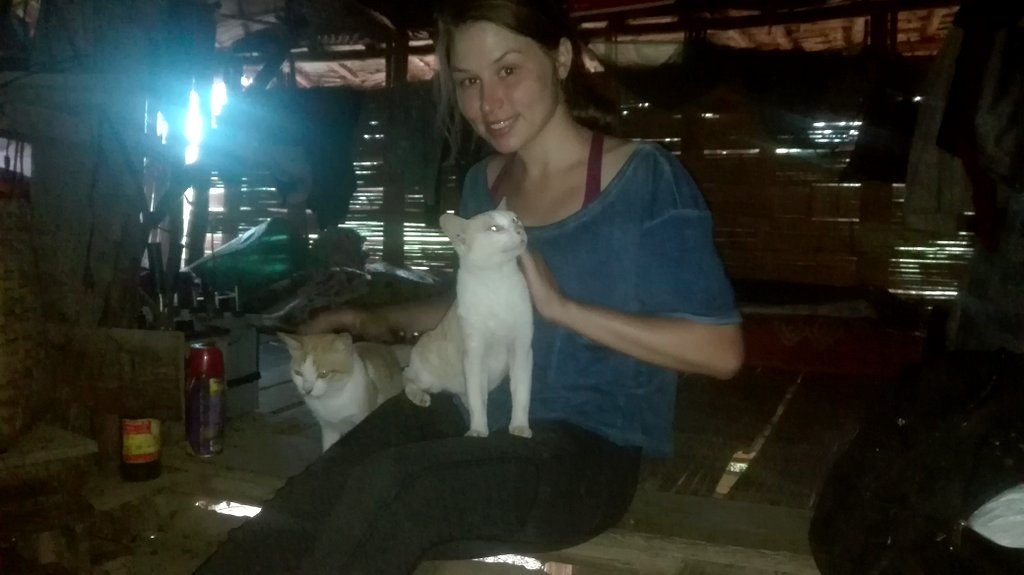
It is not often that we have encountered places this remote.
No roads. The next dirt road was six hours away by foot. No electricity infrastructure. No reception. We have been on treks before but they usually were marked routes. We couldn’t have navigated this on by ourselves, nor would we have found the way back, nor were there any other trekkers or travellers. Indeed, this felt really remote from civilization.
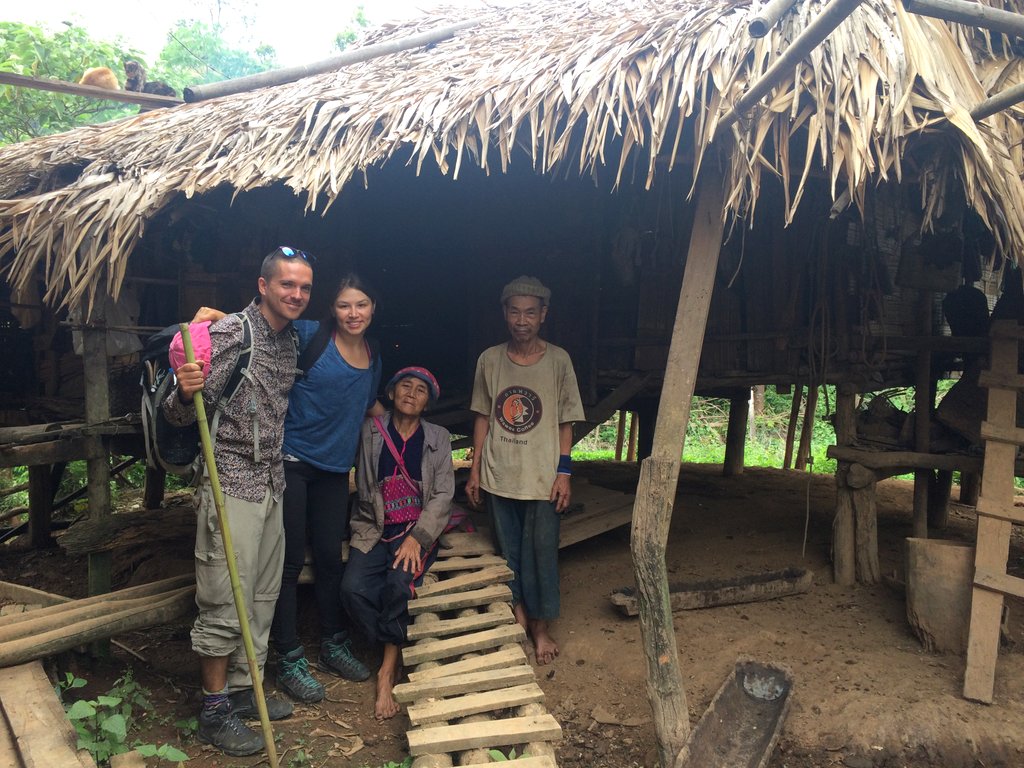
The second day we started early. After breakfast our host gave us two cigarettes (rolled in banana leafs) containing home grown tobacco (not weed, tobacco!). They looked rather like cigars. Nice people.
The trek led back into the jungle, through an abandoned farm and through a river. We literally went through the canyon of a stream with our knees deep in water.
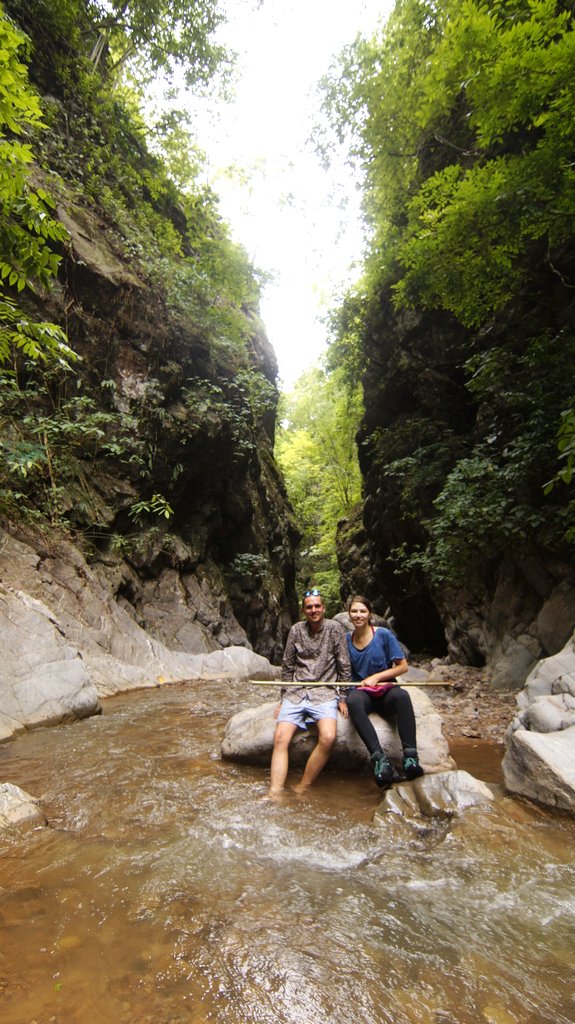
Of course I got bitten by leech on the way (just like 4 years ago in Nepal). my whole trousers were soaked in blood and it just won’t stop. No big deal, since it does not hurt, just nasty.
Back to the good parts: Fruits! On the way were often mango, pomelo, papaya and banana trees (near the village bushes), pineapple bushes and of course thai jackfruit trees. There were also plenty of fruits that we have never seen, our guide could not name them, but they were eatable.

When we came out of the jungle and saw the first houses of the village, after seven hours of trekking, it felt like waking up from a dream.
We have heard also from friends who did different treks in other regions of northern Thailand and really enjoyed the experience. If you go to Thailand, plan in an extra 2-3 days for trekking if possible. It’s worth it!
Lessons learned:
- Do it!
- Bring something for the host family. This is not required or expected but really appreciated.
- Mosquito repellent is a must!
- Bring a flashlight or headlamp. There is no power anywhere.
- If you want to get an idea of prices: We were trekking without a group (just the two of us plus the guide). The costs for food, transport, our homestay and a guide for two days: 4000 baht for both of us.
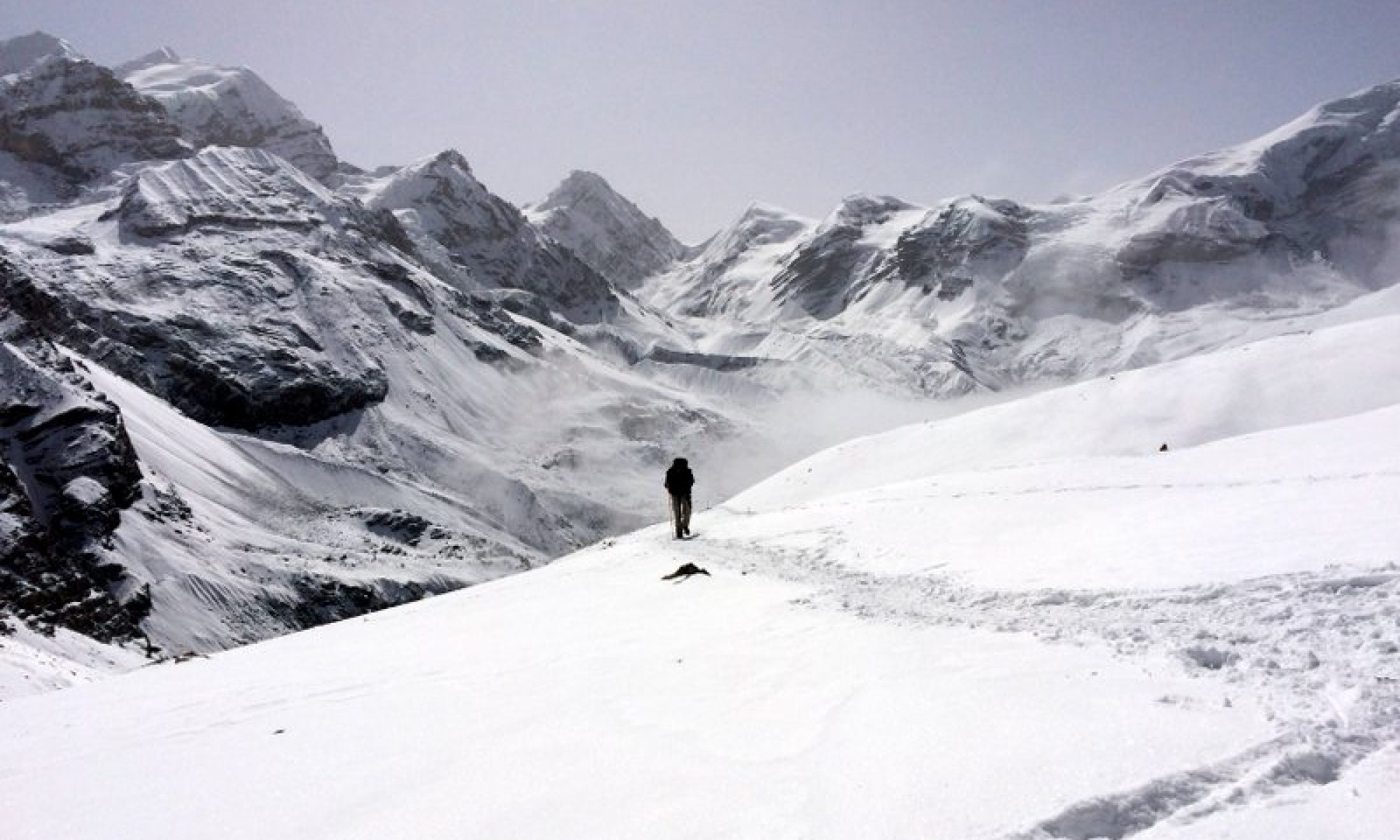

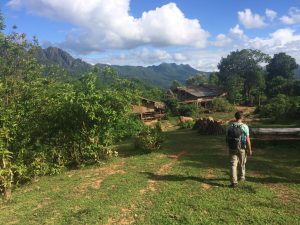

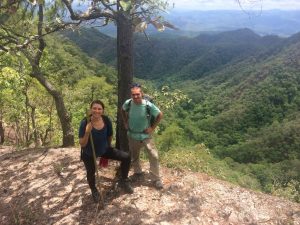
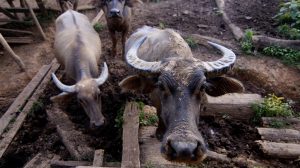
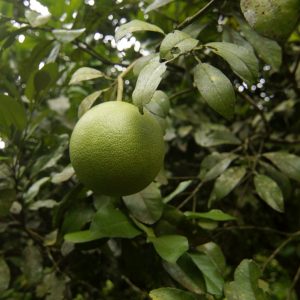
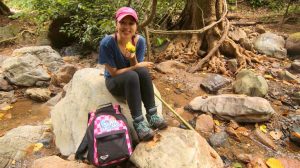
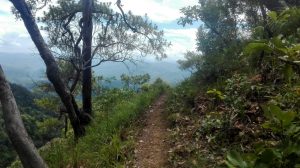
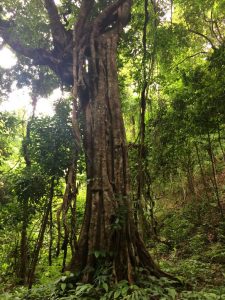
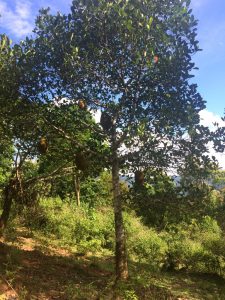

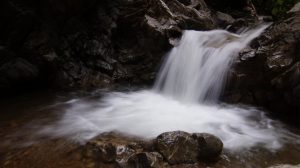
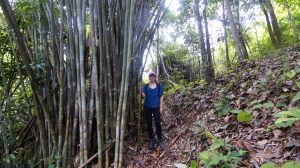
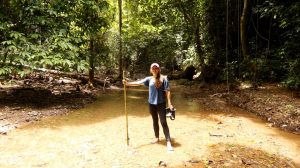

what an experience guys!
Wow.
The pics are amazing!
Beautiful place.
Keep going guys.
All the very best.
Thank you guys! I wished there were more posts with the conclusion that you guys picked us up from some where 🙂
If you did the program with ous you can get he knowlegde by the way of the hill tribe life they are Karen … more information please http://www.tenandbentrekking.con
Face book Ten keatkitikul.